Planting Garlic Cloves at Home: Unlock the secrets to a thriving, flavorful garden right outside your door! Have you ever dreamed of snipping fresh garlic straight from your garden to add that perfect zing to your favorite dishes? Well, dream no more! This DIY guide will empower you to cultivate your own garlic bounty, even if you’re a complete beginner.
Garlic, a culinary staple with roots stretching back thousands of years, has been revered for its medicinal properties and distinct flavor across cultures. From ancient Egypt, where it fueled the pyramid builders, to modern kitchens worldwide, garlic has always held a special place. But beyond its culinary and historical significance, growing your own garlic offers a unique connection to nature and a sense of accomplishment.
Let’s be honest, store-bought garlic can sometimes lack that robust, pungent flavor we crave. Plus, knowing exactly where your food comes from is increasingly important. That’s where planting garlic cloves at home comes in! This simple, rewarding project allows you to control the quality of your garlic, ensuring you have a fresh, flavorful supply whenever you need it. I’m going to show you easy-to-follow steps and essential tips to ensure a successful harvest. Get ready to transform your garden into a garlic paradise!
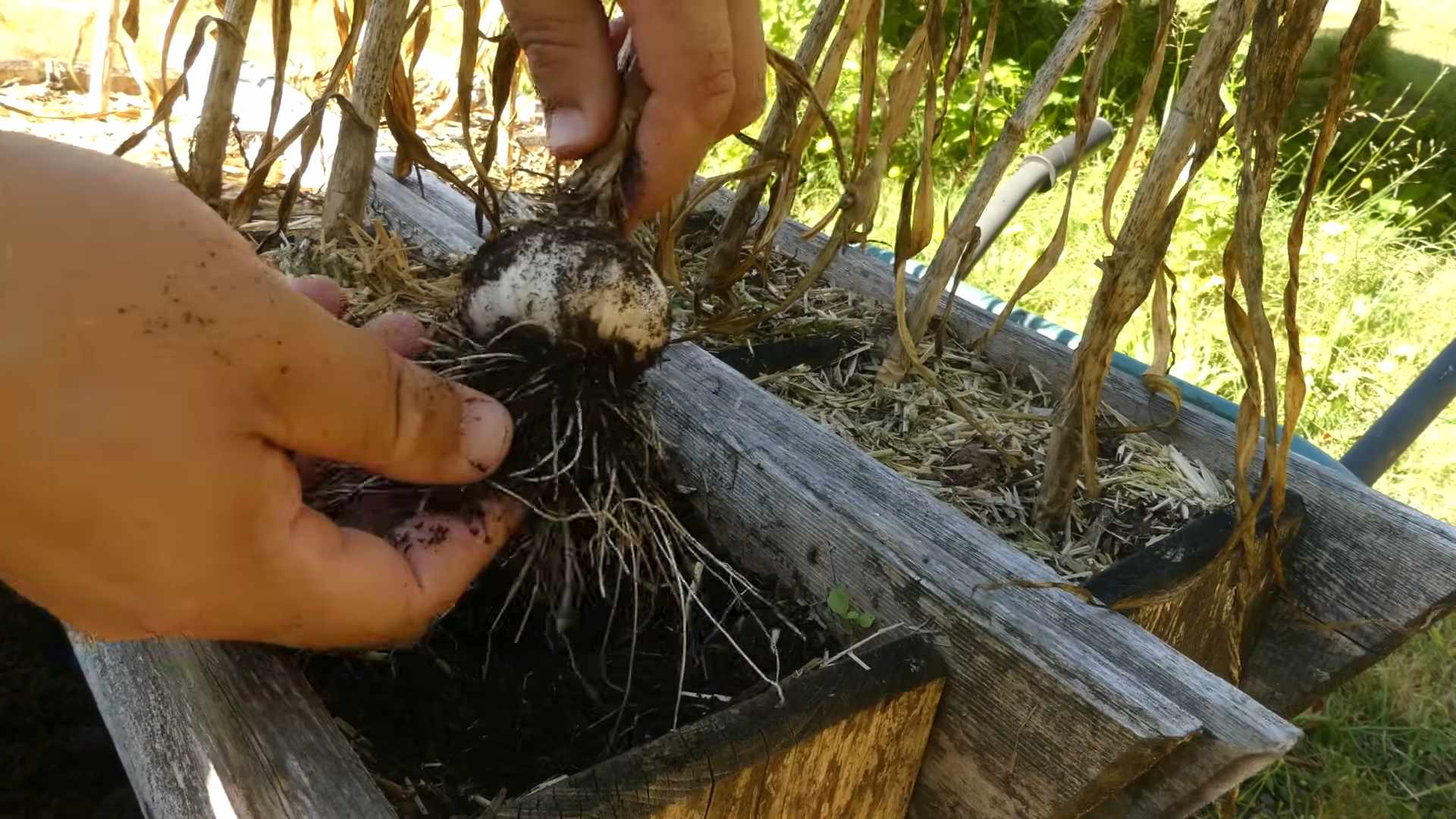
Planting Garlic Cloves at Home: A Comprehensive DIY Guide
Hey there, fellow gardening enthusiasts! I’m so excited to share my tried-and-true method for planting garlic cloves right in your own backyard (or even in pots!). Trust me, there’s nothing quite like the satisfaction of harvesting your own pungent, flavorful garlic. This guide will walk you through every step, ensuring you have a bountiful garlic harvest.
Choosing the Right Garlic and Timing
Before we get our hands dirty, let’s talk about garlic selection and timing. These are crucial for success!
* Hardneck vs. Softneck: There are two main types of garlic: hardneck and softneck. Hardneck varieties are generally more flavorful and cold-hardy, making them ideal for colder climates. They also produce a flower stalk called a scape, which is a delicious bonus! Softneck varieties are better suited for warmer climates and store longer. They’re the kind you often see braided. I personally prefer hardneck for its robust flavor and the added bonus of scapes.
* Choosing Your Variety: Within hardneck and softneck, there are tons of varieties! Do some research to find what grows best in your area. Local nurseries are a great resource for this. I’ve had great success with ‘German Extra Hardy’ and ‘Music’ hardneck varieties.
* Timing is Key: The best time to plant garlic is in the fall, about 4-6 weeks before the ground freezes. This allows the cloves to establish roots before winter sets in. In my zone (6a), I aim for late October or early November. If you live in a warmer climate, you can plant later, even into December.
Preparing the Soil
Garlic loves well-drained, fertile soil. Here’s how I prepare my garlic bed:
* Sunlight: Choose a spot that gets at least 6 hours of sunlight per day.
* Soil Testing (Optional but Recommended): A soil test can tell you the pH and nutrient levels of your soil. Garlic prefers a slightly acidic to neutral pH (around 6.0-7.0).
* Amending the Soil: I always amend my soil with plenty of organic matter. This improves drainage, aeration, and fertility. Here’s what I typically add:
* Compost: A generous layer of well-rotted compost is essential. I use about 2-3 inches.
* Aged Manure: If you have access to aged manure (cow, horse, or chicken), that’s a fantastic addition. Be sure it’s well-aged to avoid burning the roots.
* Bone Meal: Bone meal provides phosphorus, which is important for root development.
* Greensand: Greensand adds potassium and trace minerals.
* Tilling or Digging: Work the amendments into the soil to a depth of about 12 inches. This loosens the soil and allows the garlic roots to penetrate easily. I prefer using a broadfork to avoid compacting the soil.
* Leveling: Rake the soil smooth and level.
Planting the Garlic Cloves
Now for the fun part – planting!
1. Separate the Cloves: Gently separate the cloves from the bulb just before planting. Leave the papery skin on each clove intact. Don’t separate them too early, as they can dry out. I usually do this right at the planting bed.
2. Select the Best Cloves: Choose the largest, healthiest cloves for planting. These will produce the biggest bulbs. I usually eat the smaller cloves.
3. Planting Depth: Plant the cloves about 2 inches deep in warmer climates and 4 inches deep in colder climates. I aim for 4 inches in my zone.
4. Spacing: Space the cloves about 6 inches apart within rows, and space the rows about 12 inches apart. This gives the garlic plenty of room to grow.
5. Orientation: Plant the cloves with the pointed end facing up and the flat end (where it was attached to the bulb) facing down. This ensures the sprout grows upwards.
6. Cover with Soil: Gently cover the cloves with soil and pat it down lightly.
7. Water Thoroughly: Water the planting bed thoroughly after planting. This helps settle the soil and encourages root growth.
Mulching for Winter Protection
Mulching is crucial for protecting your garlic over the winter, especially in colder climates.
* Why Mulch? Mulch insulates the soil, preventing it from freezing and thawing repeatedly, which can damage the garlic cloves. It also helps retain moisture and suppress weeds.
* What to Use: I prefer using straw or shredded leaves for mulch. They’re readily available and decompose over time, adding organic matter to the soil.
* How Much: Apply a 4-6 inch layer of mulch over the planting bed. Make sure the mulch is loose and airy to allow for good air circulation.
Spring and Summer Care
Once spring arrives, your garlic will start to grow. Here’s how to care for it:
* Remove Mulch (Partially): As the weather warms up in the spring, gently pull back some of the mulch to allow the garlic shoots to emerge. I usually leave a thin layer of mulch to help retain moisture and suppress weeds.
* Watering: Water regularly, especially during dry periods. Garlic needs consistent moisture to thrive. Aim for about 1 inch of water per week. I use a soaker hose to water deeply and efficiently.
* Weeding: Keep the planting bed free of weeds. Weeds compete with the garlic for nutrients and water. I hand-weed regularly to prevent weeds from getting out of control.
* Fertilizing: Garlic is a heavy feeder, so it benefits from regular fertilization. I use a balanced organic fertilizer, such as fish emulsion or compost tea, every few weeks.
* Scapes (Hardneck Varieties Only): Hardneck garlic produces a flower stalk called a scape. These should be removed as soon as they start to curl. Removing the scapes encourages the plant to put its energy into bulb development, resulting in larger bulbs. Don’t throw the scapes away! They’re delicious! You can sauté them, grill them, or use them to make pesto. I love chopping them up and adding them to stir-fries.
Harvesting Your Garlic
Harvest time is the most rewarding part!
* When to Harvest: Garlic is typically ready to harvest in mid-summer, about 8-9 months after planting. The leaves will start to turn yellow and brown, and the lower leaves will begin to die back. This is a sign that the bulbs are mature.
* How to Harvest: Carefully dig up the garlic bulbs with a garden fork. Be gentle to avoid bruising the bulbs. I usually start by loosening the soil around the bulb and then gently lift it out.
* Curing: Curing is essential for long-term storage. To cure your garlic, tie the plants together in bundles and hang them in a well-ventilated, dry, and shady place for 2-3 weeks. The bulbs should be firm and the necks should be dry and tight. I hang mine in my garage.
* Storing: Once the garlic is cured, trim the roots and stalks. Store the bulbs in a cool, dry, and dark place. Braided softneck garlic can be hung in the kitchen for easy access. Hardneck garlic doesn’t store as long as softneck, so I use it up first.
Troubleshooting
Even with the best care, you might encounter some problems. Here are a few common issues and how to deal with them:
* Garlic Rust: This fungal disease causes orange spots on the leaves. Improve air circulation by spacing plants properly and removing infected leaves. You can also use a copper fungicide.
* Onion Maggots: These pests can damage the roots of garlic. Use row covers to prevent them from laying eggs.
* Poor Growth: This could be due to poor soil, lack of water, or nutrient deficiencies. Amend the soil with compost, water regularly, and fertilize with a balanced fertilizer.
Enjoy Your Homegrown Garlic!
That’s it! You’ve successfully planted and harvested your own garlic. Now you can enjoy the delicious flavor of homegrown garlic in all your favorite dishes. I love using it in pasta sauces, soups, stews, and roasted vegetables. And don’t forget about the scapes! They’re a culinary treat. Happy gardening!
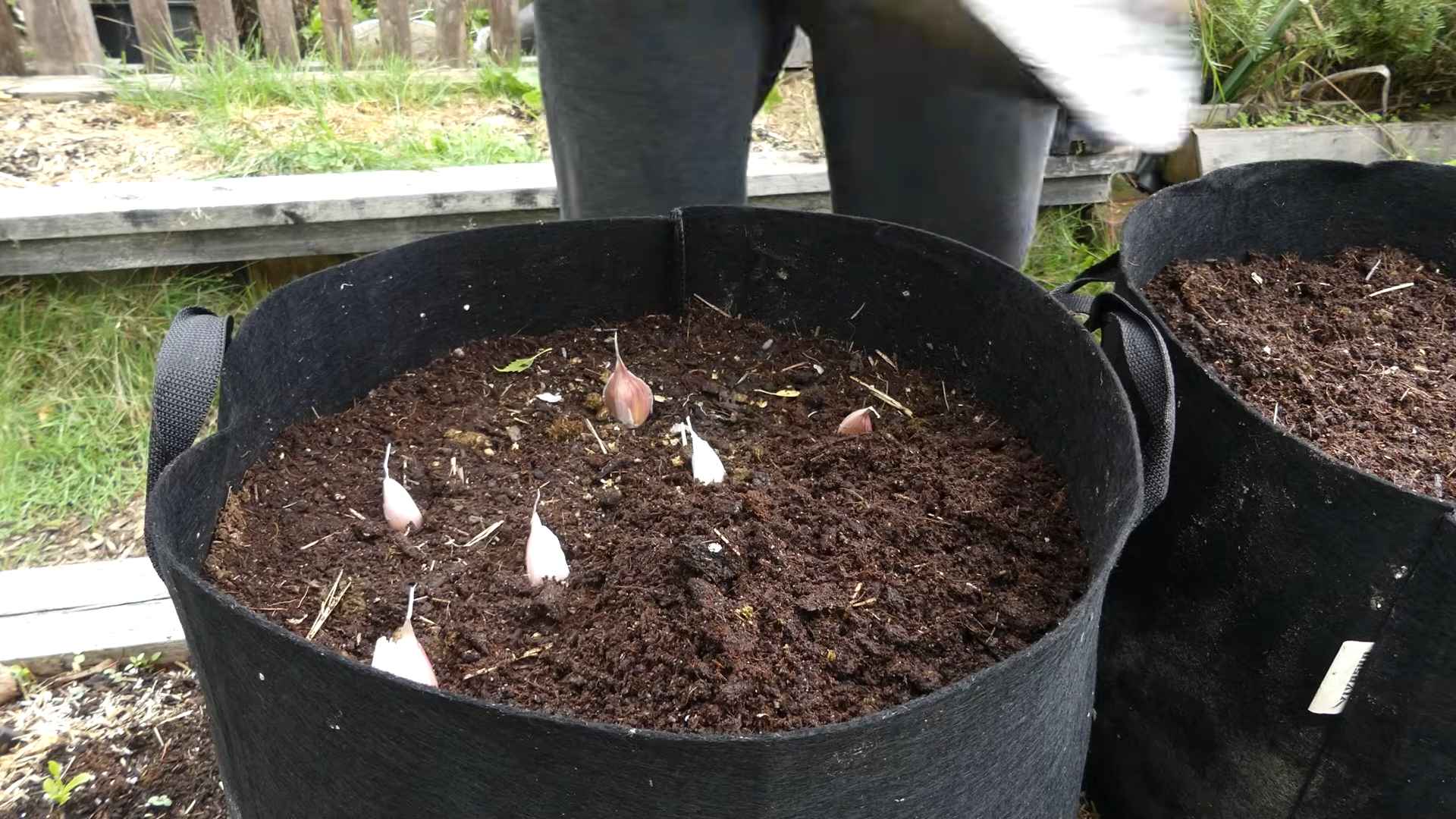
Conclusion
So, there you have it! Planting garlic cloves at home is not only surprisingly simple, but it’s also incredibly rewarding. Imagine the satisfaction of harvesting your own pungent, flavorful garlic, knowing exactly where it came from and how it was grown. Forget those bland, imported bulbs from the supermarket; with just a little effort, you can cultivate garlic that bursts with freshness and adds a depth of flavor to your culinary creations that you never thought possible.
This isn’t just about saving a few dollars (though that’s certainly a perk!). It’s about connecting with the earth, understanding the growing process, and enjoying the unparalleled taste of homegrown produce. Plus, garlic is a fantastic companion plant in the garden, helping to deter pests and improve the health of your soil. It’s a win-win situation!
But the benefits don’t stop there. Think about the possibilities! You can experiment with different varieties of garlic, from the robust hardneck types with their beautiful scapes to the milder softneck varieties perfect for braiding. You can adjust your planting schedule to influence the size and flavor of your bulbs. You can even use your homegrown garlic to create your own infused oils, vinegars, and seasonings. The possibilities are truly endless.
Don’t be intimidated if you’ve never gardened before. Planting garlic cloves is a fantastic starting point. It’s relatively low-maintenance, forgiving of beginners’ mistakes, and yields a tangible reward in the form of delicious, homegrown garlic.
Consider these variations to tailor the process to your specific needs and preferences:
* Container Gardening: If you’re short on space, don’t despair! Garlic thrives in containers as long as they’re large enough to accommodate the bulb’s root system. Choose a pot that’s at least 12 inches deep and wide, and use a well-draining potting mix.
* Succession Planting: To ensure a continuous supply of fresh garlic, consider planting cloves at intervals throughout the fall. This will stagger your harvest and prevent you from being overwhelmed with garlic all at once.
* Companion Planting: Maximize your garden’s potential by planting garlic alongside beneficial companions like tomatoes, peppers, and strawberries. Garlic helps to repel pests that can damage these crops, creating a healthier and more productive garden ecosystem.
* Garlic Scapes: Don’t forget about the scapes! These curly flower stalks that emerge from hardneck garlic varieties are a culinary delicacy. Harvest them in the spring and use them in pesto, stir-fries, or as a flavorful addition to soups and stews.
We wholeheartedly encourage you to give this DIY trick a try. It’s a simple, satisfying, and delicious way to connect with nature and enhance your culinary experiences. Once you taste the difference between homegrown garlic and store-bought garlic, you’ll never go back!
So, grab some garlic cloves, find a sunny spot in your garden (or a spacious container), and get planting! We’re confident that you’ll be amazed by the results. And most importantly, we want to hear about your experience! Share your photos, tips, and stories with us in the comments below. Let’s build a community of garlic growers and celebrate the joys of homegrown goodness! Let us know what variety of garlic you planted and how your planting garlic cloves experience went. Happy gardening!
Frequently Asked Questions (FAQ)
What is the best time to plant garlic cloves?
The ideal time to plant garlic cloves is in the fall, typically 4-6 weeks before the ground freezes. This allows the cloves to establish roots before winter sets in, giving them a head start in the spring. In colder climates, this usually means planting in late September or October. In milder climates, you can plant as late as November or December. The key is to ensure the ground isn’t frozen solid when you plant.
What type of garlic should I plant?
There are two main types of garlic: hardneck and softneck. Hardneck garlic is generally more flavorful and produces scapes (curly flower stalks) that are also edible. It’s better suited for colder climates. Softneck garlic is easier to braid and store, and it’s more adaptable to warmer climates. Consider your climate and culinary preferences when choosing which type to plant. Elephant garlic, while often called garlic, is actually more closely related to leeks and has a milder flavor.
How deep should I plant the garlic cloves?
Plant garlic cloves about 2-3 inches deep, with the pointed end facing up. Space them about 6-8 inches apart in rows that are 12 inches apart. This spacing allows for adequate air circulation and prevents overcrowding.
What kind of soil is best for growing garlic?
Garlic prefers well-drained, fertile soil that is rich in organic matter. Amend your soil with compost or well-rotted manure before planting to improve its drainage and fertility. A slightly acidic to neutral pH (around 6.0-7.0) is ideal. Avoid planting in heavy clay soil, as this can lead to rot.
How much sunlight does garlic need?
Garlic needs at least 6 hours of sunlight per day to thrive. Choose a sunny location in your garden that receives plenty of direct sunlight.
How often should I water garlic?
Water garlic regularly, especially during dry periods. Keep the soil consistently moist, but avoid overwatering, as this can lead to rot. Water deeply whenever the top inch of soil feels dry to the touch. Reduce watering as the bulbs mature in the late spring.
Do I need to fertilize garlic?
Garlic benefits from regular fertilization. Apply a balanced fertilizer in the fall after planting and again in the spring when growth resumes. You can also side-dress with compost or well-rotted manure throughout the growing season. Avoid over-fertilizing, as this can lead to excessive foliage growth at the expense of bulb development.
When will my garlic be ready to harvest?
Garlic is typically ready to harvest in the late spring or early summer, about 8-9 months after planting. The leaves will start to turn yellow and brown, and the bulbs will be plump and well-formed. To check if your garlic is ready, carefully dig up a bulb and examine it. If the cloves are well-defined and the wrappers are papery, it’s time to harvest.
How do I harvest garlic?
Loosen the soil around the garlic bulbs with a garden fork or shovel. Gently lift the bulbs from the ground, being careful not to damage them. Brush off any excess soil and allow the bulbs to cure in a well-ventilated area for 2-3 weeks.
How do I store garlic?
After curing, trim the roots and stalks of the garlic bulbs. Store them in a cool, dry, and dark place with good air circulation. Braided garlic can be hung in a pantry or kitchen. Properly stored garlic can last for several months.
What are garlic scapes and how do I use them?
Garlic scapes are the curly flower stalks that emerge from hardneck garlic varieties in the spring. They are a culinary delicacy with a mild garlic flavor. Harvest them when they are still tender and before they start to curl too tightly. Use them in pesto, stir-fries, soups, or as a flavorful addition to any dish that calls for garlic.
Can I plant garlic from the grocery store?
While you can technically plant garlic from the grocery store, it’s not always recommended. Grocery store garlic may have been treated with chemicals to prevent sprouting, and it may not be adapted to your local climate. It’s best to purchase garlic specifically for planting from a reputable seed supplier or garden center. This will ensure that you’re planting a healthy, disease-free variety that is well-suited to your growing conditions.
What are some common garlic pests and diseases?
Some common garlic pests include aphids, thrips, and nematodes. Common diseases include white rot, bulb rot, and downy mildew. Practice good garden hygiene, such as removing plant debris and rotating crops, to prevent pest and disease problems. You can also use organic pest control methods, such as insecticidal soap or neem oil, to control pests.
Can I grow garlic in containers?
Yes, garlic can be grown successfully in containers. Choose a pot that is at least 12 inches deep and wide, and use a well-draining potting mix. Plant the garlic cloves as you would in the ground, and water regularly. Container-grown garlic may require more frequent watering and fertilization than garlic grown in the ground.
What if my garlic doesn’t sprout?
If your garlic doesn’t sprout, it could be due to several factors, such as poor soil drainage, insufficient sunlight, or planting too late in the season. Make sure the soil is well-drained and that the garlic is receiving at least 6 hours of sunlight per day. If you planted too late, the cloves may not have had enough time to establish roots before winter. You can try planting again in the spring, but the bulbs may not be as large as those planted in the fall.

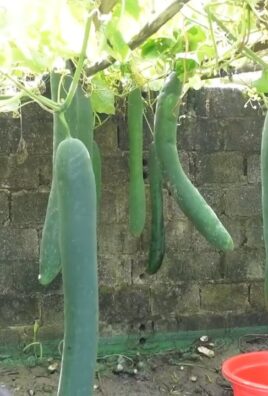
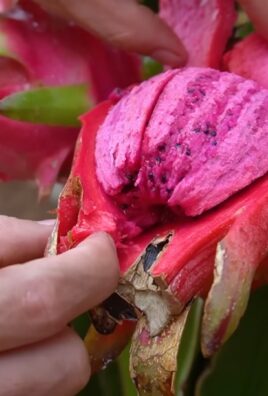
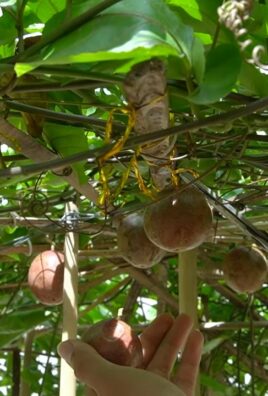
Leave a Comment